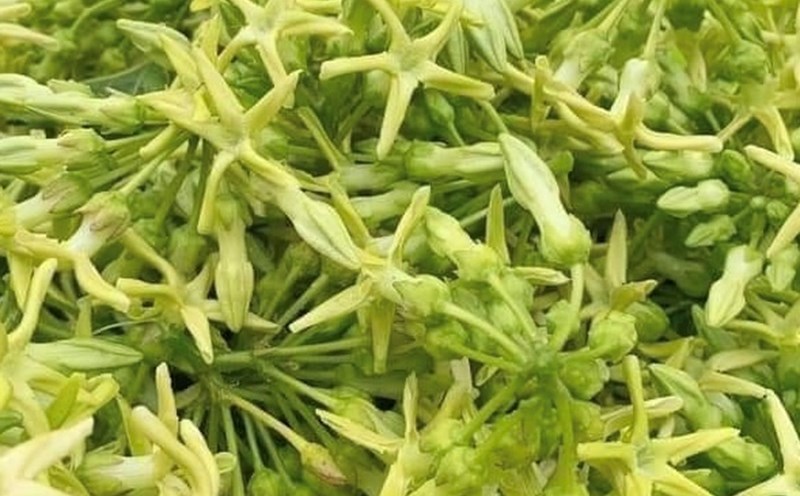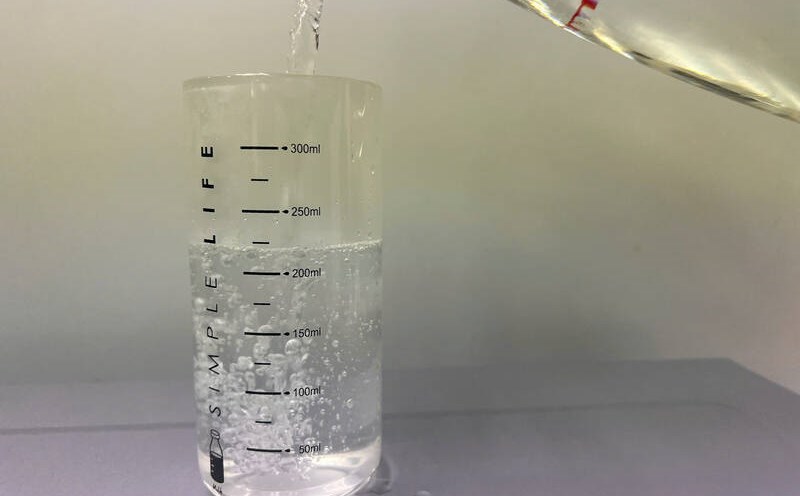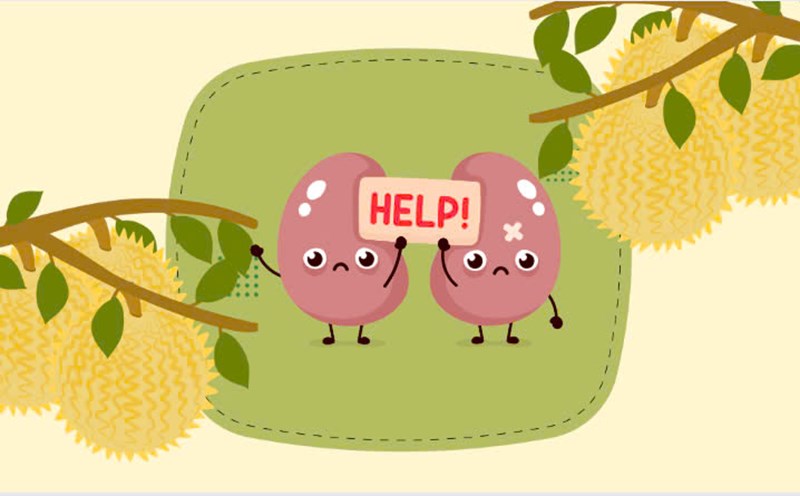Cabbage is a nutrient-dense vegetable, especially beneficial for kidney health if processed and used properly.
People with chronic kidney disease need to choose foods low in potassium, sodium and phosphorus - three factors that can put a burden on the kidneys. Cabbage meets this criterion. 100g of fresh cabbage contains only about 170mg of potassium, 18mg of sodium and very little phosphorus. Therefore, cabbage is an ideal choice for people with kidney disease.
Cabbage is also listed as a died-friendly food, because it is rich in plant compounds such as sulforaphane and indole, which have anti-inflammatory and reduced risk of kidney cell damage. A study published in the Journal of Medicinal Food shows that sulforaphane in cabbage can reduce the formation of free radicals - the main cause of inflammation and fibrosis of kidney tissue.
The best way to eat cabbage for the kidneys
The best way to eat cabbage for the kidneys is to eat it raw (under hygienic cabbage conditions), steaming or lightly boiling.
Housewives also need to know that processing cabbage with moderate heat helps retain antioxidants without increasing the amount of potassium in the dish. Avoid stir-frying cabbage with a lot of salt or soy sauce, because excess sodium will overload the kidneys. Controlling sodium intake in your diet is a key factor in slowing the progression of chronic kidney disease.
To eat cabbage that is beneficial for the kidneys, housewives should choose a method of cooking less spices, not using much oil and salt, and combining it with vegetables with low potassium content. This not only helps protect kidney function but also supports overall health.











